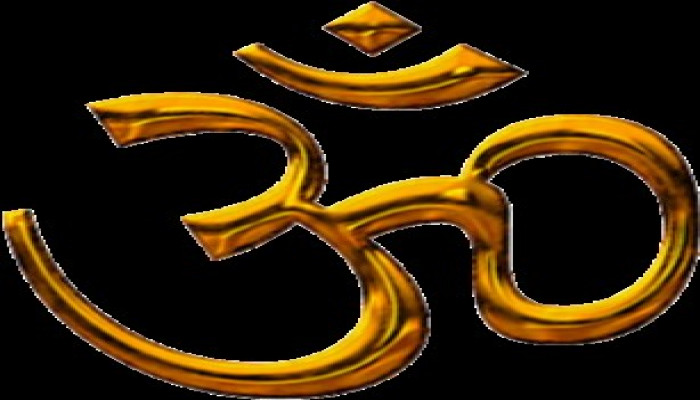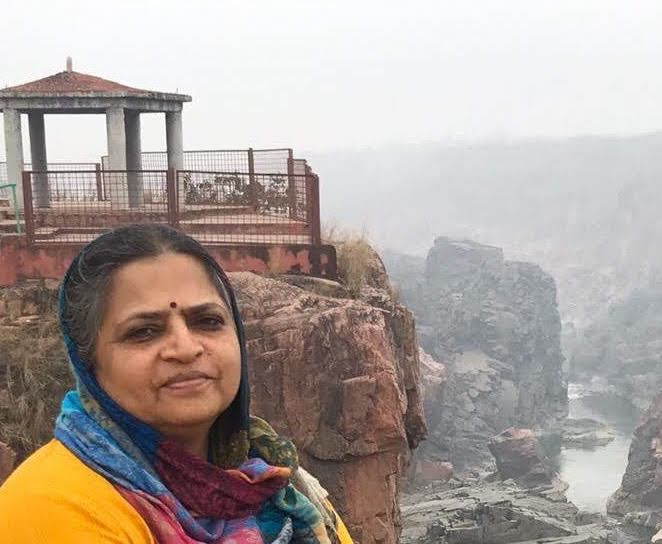Why I am so Pragmatic About the Eternity of Sanatana Dharma
- In Religion
- 06:02 PM, Oct 07, 2021
- Sukanya Badri
There is an atmosphere of existential crisis amongst Hindus that has only grown pronounced over recent years. This is a legitimate response in the face of the extent of the colonial hangovers that we are only now really beginning to understand. In its simplest form, this results in a misunderstanding of rationalism and progress as being opposed to the wisdom, philosophy and way of living of Hindus.
It is true that our Dharma faces many challenges. Yet I would argue that this atmosphere of worry among Hindus, if channelled correctly, is signs of good times to come, not bad times. Because of a few reasons.
The first is, we have been through far worse.
It is ironic that at a time where if looking at the last five hundred years, this is among the better times that our Dharma has been in. Because we had centuries of Islamic invasion and then centuries of colonization. And then decades of post-colonial rule when we continued to be governed by the thought processes that the British had initiated. And so throughout this time, Indian thought, Indian philosophy, the Indian way of life, had been put under pressure. So it is ironic that now when the seeds of improvement have actually been planted, this is when people are most worried.
But that is the nature of the history of Hinduism. It has always been under existential threat, and it has always been renewed. And this is the confidence with which one can call this dharma ‘sanatana dharma’ or the ‘eternal dharma’, because there is no fear of something being lost if its truth is fundamental.
But, if its truth is relative, if its truth depends on the person who said it and the time it was said, and the institutions that hold it up, then there is reason for existential fear because those things can all go away.
But to call a dharma ‘sanatana dharma’, and to say it is eternal which it has proved itself to be over the millennia, it makes no sense to be afraid because you can be confident no matter what how the situation changes, these eternal truths will persist.
And that is the philosophical argument.
But let us look at it historically.
Even our puranas are full of stories of the Vedas being lost and re-found. And this is a metaphor for the dharma being lost and re-found. And we also have several stories in our puranas about this being the endless cycle.
But, coming to subsequent historical times, starting with Sri Adi Sankara, who lived around 2000 years ago. Sri Adi Sankara came around at a time when dharma had almost totally disintegrated. There were hundreds of sects, and irreligiosity had burgeoned. And dharma was in grave danger. And then, one person in sixteen years, from age sixteen to thirty two, was able to put things in place and bring the whole country together, and restore the sanctity of the whole religion. Even today, the four mutts that he set up continue to be the very primary sources for dharma. And the sanyasin orders that he set up continue to be a key source of revival.
This could be done by one person, albeit with divine grace, in such a short period when everything seemed to be falling apart.
Then take the case of Sri Ramanuja. He came some thousand years later. Even in his case, although Sri Adi Sankara had revived the practices and the philosophy of sanatana dharma, bhakti was on the wane. For the common person to practice and not in a ritualistic way but in a ‘loving or emotional’ way, there was not as much access. And Sri Ramanuja again single-handedly recreated the bhakti movement. Not only bringing the whole masses of Tamil Nadu into worship, but also kick starting of a series of bhakti movements across the country.
From that came the Haridasa movement in Karnataka with Purandaradasa, Kanakadasa, and others. And then Chaitanya Mahaprabhu in Bengal, whose followers and descendants today are part of ISKCON or Mirabai or Kabir and all the great bhaktas. The movement was seeded by Sri Ramanuja.
And this bhakti movement, in fact flourished during a time of Islamic invasion although many of the formal traditions might have waned. For instance, it was not possible for kings to perform yagnas on the same scale during Islamic rule. Yet, another way was found through bhakti. So for that time, the appropriate response was found.
And then, of course, in modern times, we have had such great people as Swami Ramakrishna, whose disciples like Swami Vivekananda, laid the foundation for the next level of sanatana dharma, which is our existence in a global world where not only were these ideas taught to us but the seeds were sowed for it to be taught to the whole world. Starting with Swami Vivekananda going to the US.
And very recently, we have witnessed two remarkable events:
The historic judgement in the Ram Janma Bhoomi temple case in 2019. When the truth could no longer be hidden and was finally out in plain sight. And dharma was reinstated after nearly 500 years of suppression.
Another lesser-known event happened around 40 years ago, in the Ranganathaswamy Temple, the largest functioning temple complex in the world, at Srirangam, Tamil Nadu. People came together to support an 85-year old religious leader who took up an extremely challenging task, to protect their ancient heritage and ensure age-old traditions are preserved. They rallied together, going beyond caste and sect, to overcome severe financial, social and some bureaucratic challenges. And the outcome was the completion of the ‘mottai gopuram’, the southern gopuram of the temple, now the largest gopuram in India, which was left incomplete for over 400 years! It is said that after this project, this temple has witnessed a huge surge in devotee visits!
The Srirangam temple itself has a horrific history of multiple invasions by the Afghan Sultanate, and later by European invaders, attracted by its immense wealth. The entire population of the region ran the risk of elimination. That it has withstood the test of time and aggression, and now stands tall as one of the most important Vishnu sthalas is itself an example of our sanatana dharma.
So there has always been a renewal. And sanatana dharma has always stood up to meet the challenges of any time, because the conditions of time are only temporary, but when the philosophy is eternally true, then no time presents any real challenge. No set of circumstances can produce or present any real challenge to something that is true.
So that is the spirit with which I write this. It is heartening that people are worried about our dharma because this indicates that they themselves are practicing and care about it. But, I
don't think that we ought to adopt an existential attitude because the history of this dharma shows that there is no need for it.
Sources:
- https://youtu.be/T7iUfD4TLf4 - The Inspiring Story Behind India's Tallest Gopuram | Srirangam Stories
- https://youtube.com/playlist?list=PLCIdVwiTWHy9H0AQ8BdqpvxsBx61YWgqm – Srirangam Stories
- https://youtu.be/3qpYoF6PeCA - Adi Sankara: Propagating Vedanta
- https://youtu.be/0xSQtb_LgXo - Adi Sankara: His 4 Disciples and Mathas
- https://www.amazon.in/Adi-Sankara-His-Life-Times/dp/817276474X
- Srirangam Rajagopura nirmana kaimkaryam (HH 44th Pattam, Mukkur Srimad Azhagiyasingar's Arul Mozhigal as appeared in SrI Nrsimha Priya Magazine)
Image source: pngaa.com







Comments